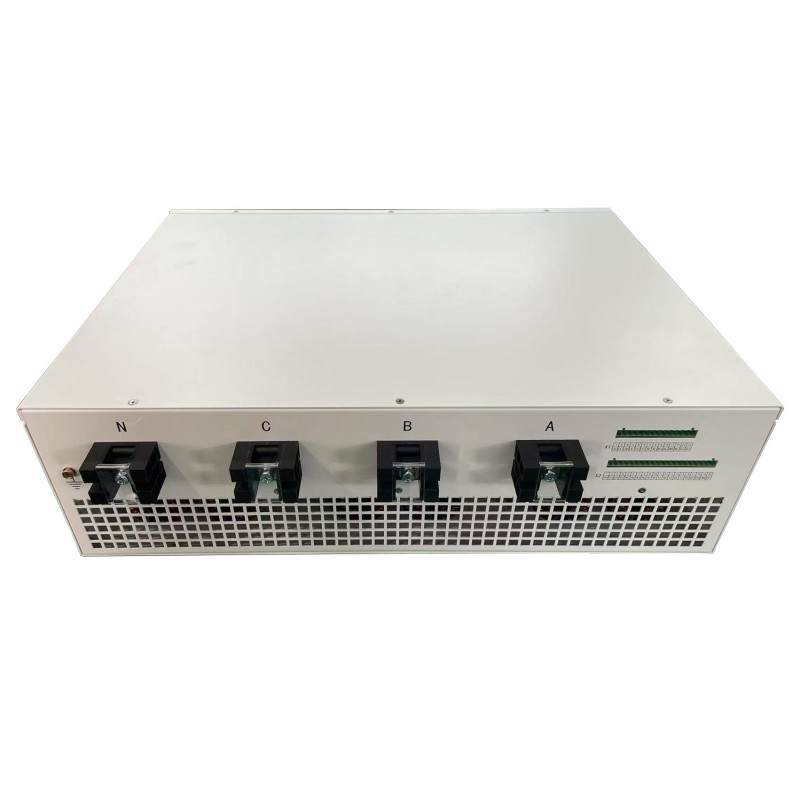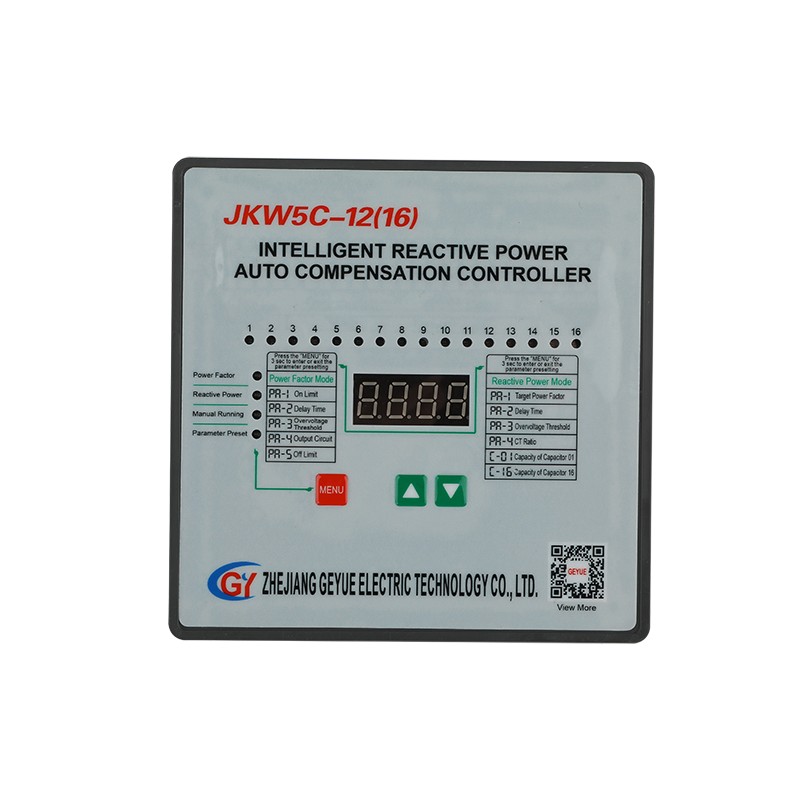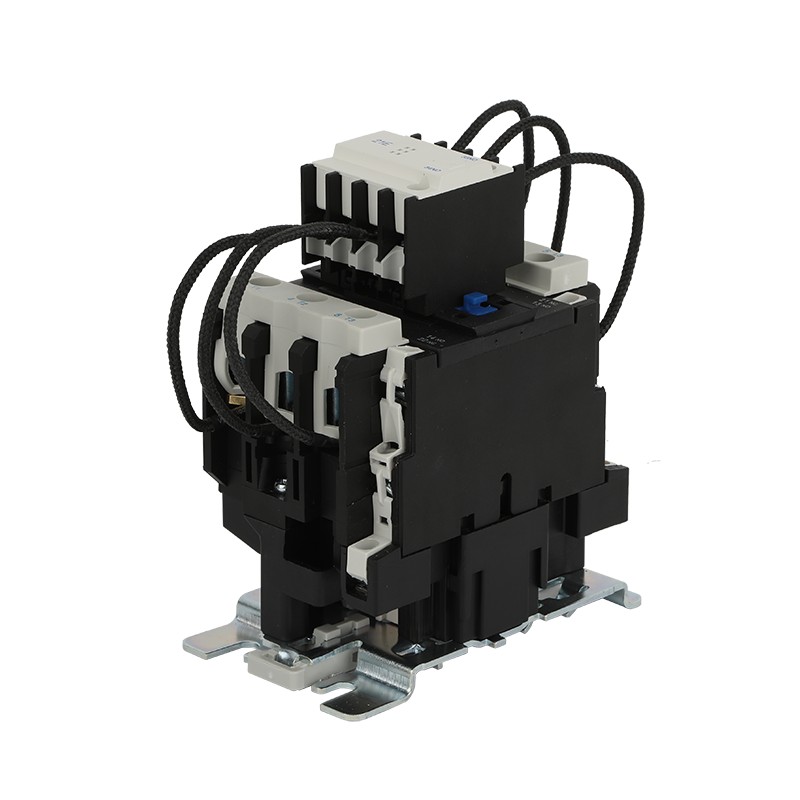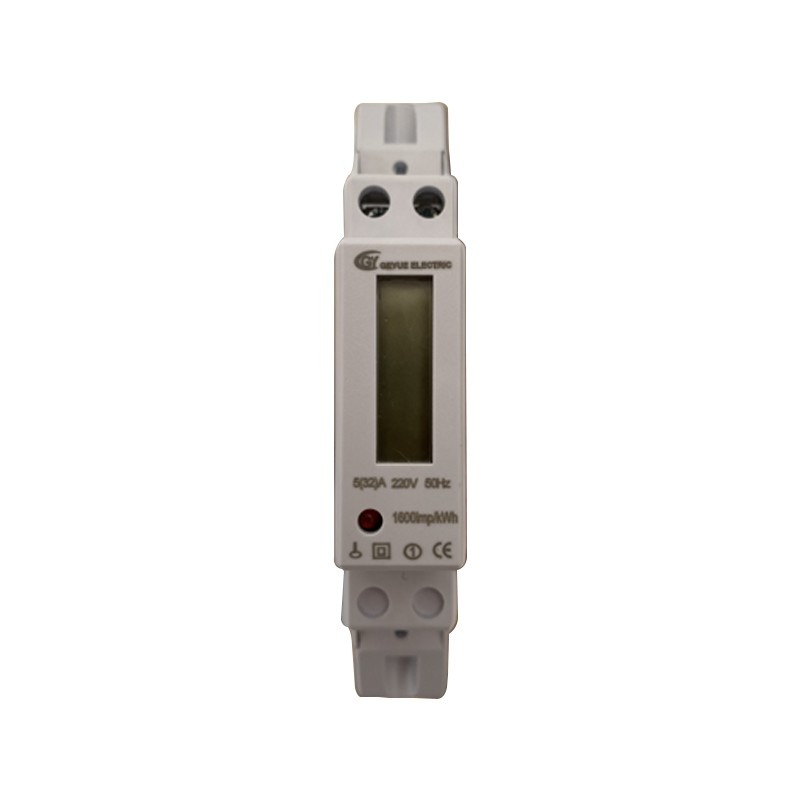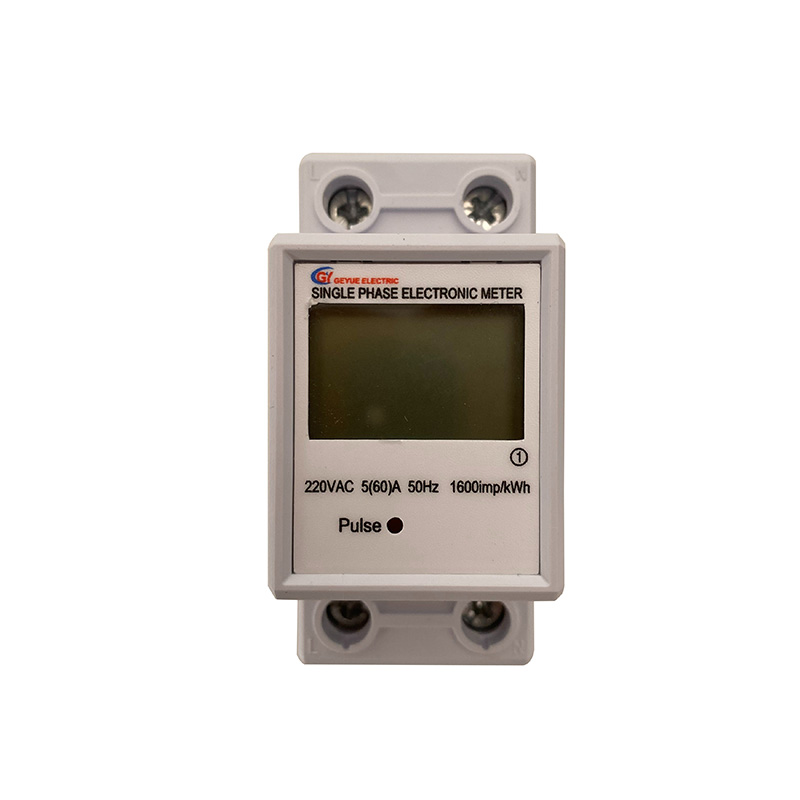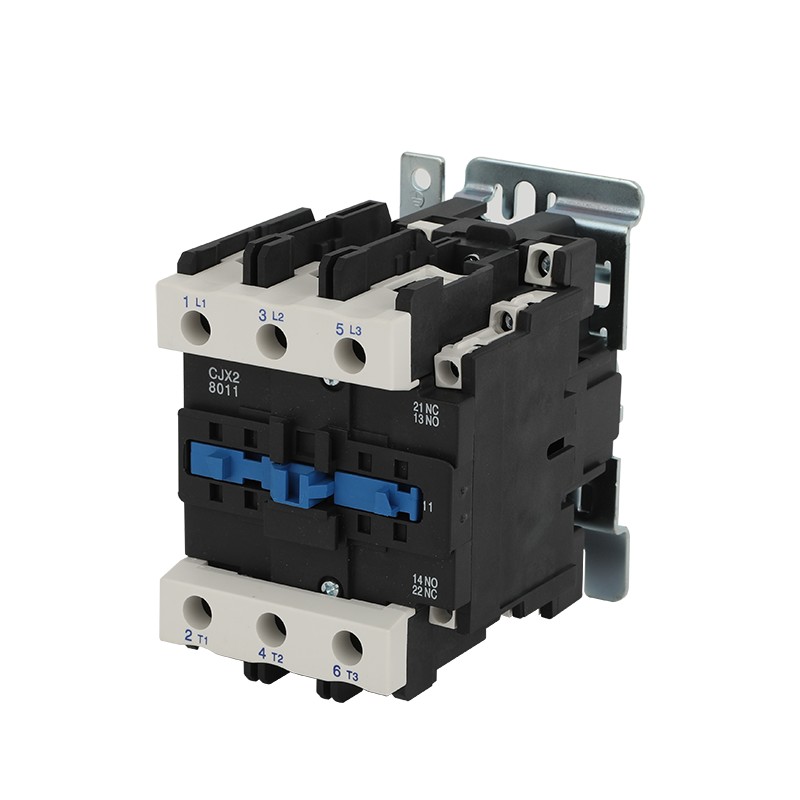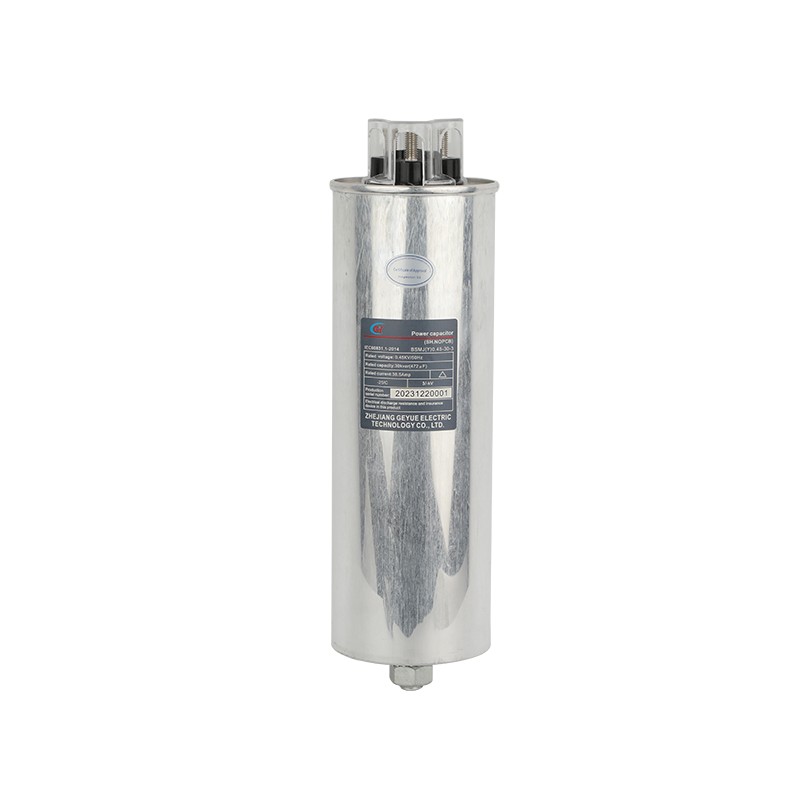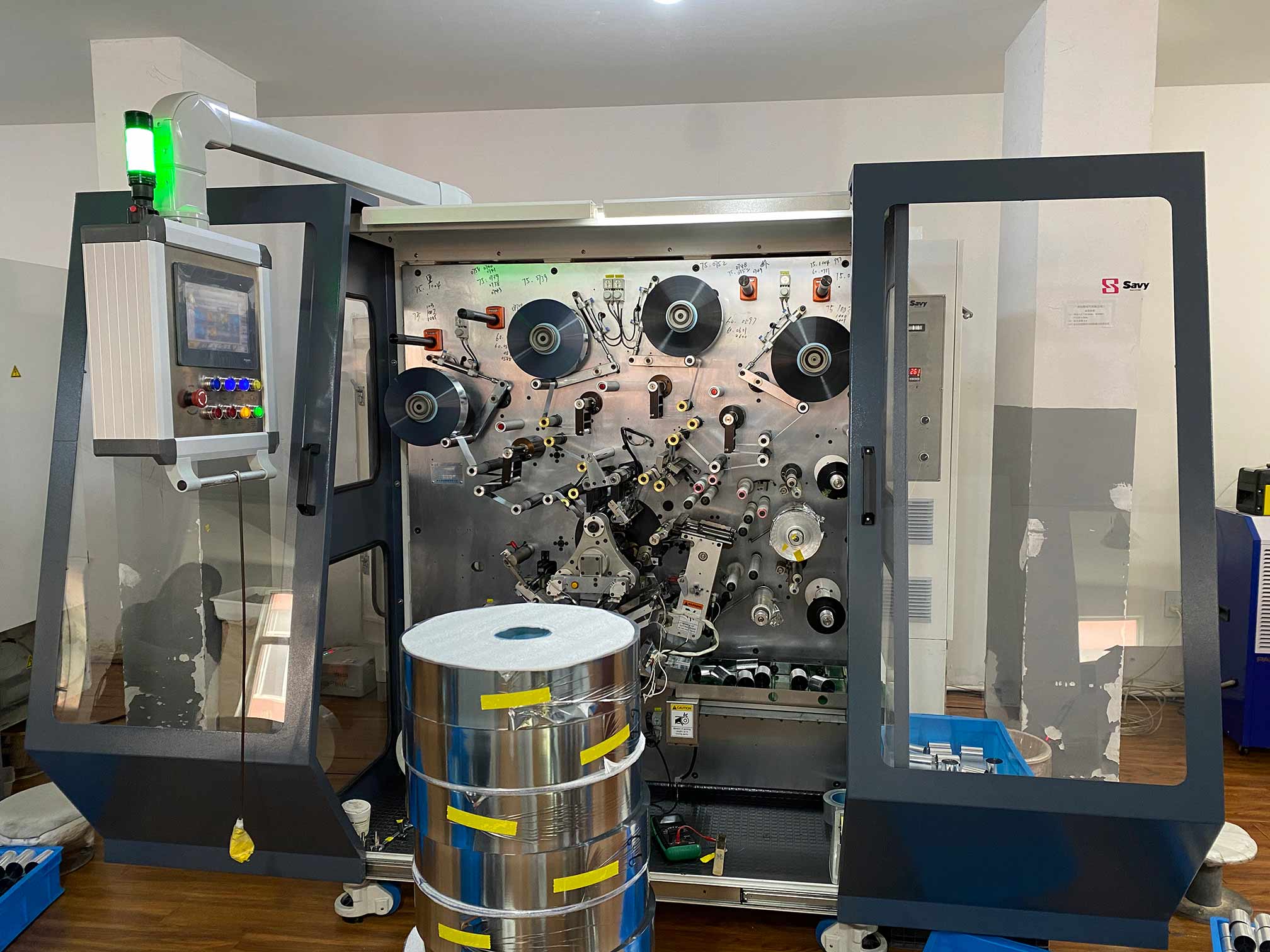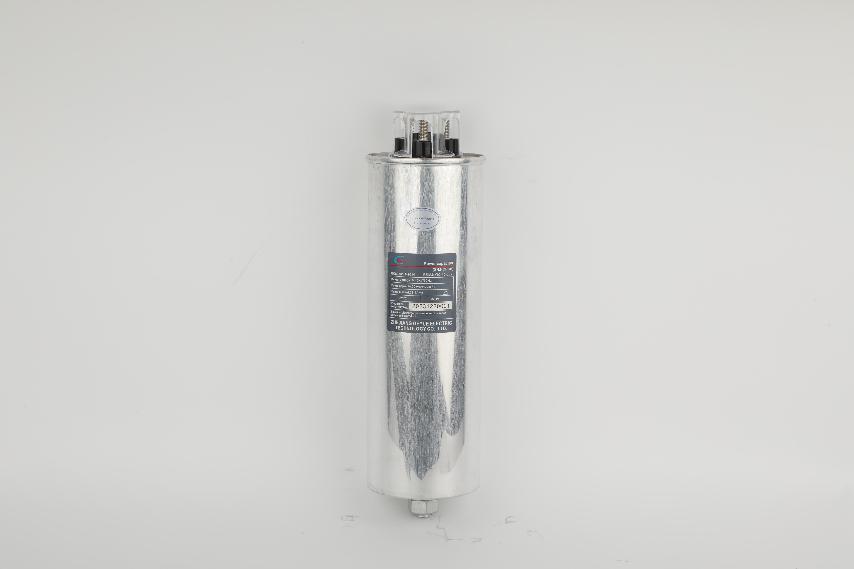How does Background Voltage Distortion Affect the Lifespan and Performance of Capacitors?
As an expert in low-voltage reactive power compensation, Geyue Electric often encounters situations where many customers get confused when dealing with the problem of background voltage distortion. So, what exactly is background voltage distortion? Background voltage distortion mainly manifests as waveform distortion, which includes various harmonic components. This seemingly insignificant waveform variation actually has a profound negative impact on the capacitors in the low-voltage reactive power compensation system. Therefore, it is necessary to have a correct understanding of this influence mechanism and take effective preventive measures to ensure the stable operation of the entire low-voltage reactive power compensation system.

The Influence Mechanism of Background Voltage Distortion on the Performance of Capacitors
When the background voltage of the power grid is distorted, the working state of the capacitor will undergo a fundamental change. Ideally, the capacitor should operate under a pure sine wave voltage, but the presence of harmonic voltage will significantly increase the dielectric loss of the capacitor. Since the capacitive reactance of the capacitor is inversely proportional to the frequency, for high-frequency harmonics, the impedance presented by the capacitor is much lower than under the power frequency condition. This leads to an abnormal amplification of the harmonic current. This amplification effect not only increases the apparent power of the capacitor, causing it to reach its rated capacity prematurely, but also triggers serious overheating problems. What is more concerning is that certain specific frequencies of harmonics may form resonance with the system inductance, causing a sudden increase in local voltage, directly threatening the insulation strength of the capacitor. In this case, the actual operating condition of the capacitor far exceeds the design expectation, and its compensation accuracy and stability will be greatly compromised.
The Potential Hazard of Background Voltage Distortion to the Lifespan of Capacitors
From a long-term operational perspective, background voltage distortion has a more detrimental effect on the lifespan of capacitors. The persistent harmonic current causes a significant increase in heat generation within the capacitor, and temperature rise is the most critical factor affecting the lifespan of the capacitor. Based on the experience rule in low-voltage reactive power compensation, as long as the ambient temperature is above the rated temperature, for every 8 to 10 degrees Celsius increase in ambient temperature, the expected service life of the capacitor will be halved. The principle of this thermal aging effect is that high temperatures accelerate the evaporation of the metalized layer of the capacitor's dielectric film, resulting in an irreversible reduction in the capacitance value of the capacitor. At the same time, frequent harmonic impacts will also intensify the electrical stress on the internal components of the capacitor, which is highly likely to trigger local discharge phenomena, further damaging the insulation performance of the capacitor. In practical applications, we often observe that in environments with severe voltage distortion, even high-quality capacitors often fail prematurely before reaching their designed lifespan, which fully demonstrates the urgency of harmonic control.
A Comprehensive Strategy for Effectively Preventing and Controlling Background Voltage Distortion
Firstly, control measures should be taken at the source of background voltage distortion. That is, before starting reactive power compensation, by identifying and rectifying the main harmonic source equipment in the power system (such as frequency converters and rectification equipment) in advance, the overall harmonic emission level in the power grid can be reduced. Secondly, connecting an appropriate reactance rate reactor in series in the capacitor circuit is the most effective method to suppress harmonic amplification. The selection of the reactor requires detailed harmonic testing analysis, which needs to precisely calculate the tuning frequency point based on the main harmonic frequency. In addition, optimizing the switching strategy of the capacitor bank is also indispensable. The switching methods of capacitors, such as phase-by-phase switching or staged switching, can avoid generating excessive inrush current in the circuit. During the system design phase, leaving sufficient capacity margin and fully considering the reduced capacity usage under the harmonic environment are also effective means to extend the lifespan of the capacitors.
The Solutions and Professional Commitment of Geyue Electric
Facing the challenge brought by background voltage distortion, Geyue Electric has launched a series of targeted low-voltage reactive power compensation solutions. Our capacitors adopt specially designed metallized polypropylene film, which has stronger overcurrent capacity and harmonic resistance characteristics. The series reactors we produce independently are used in combination with the capacitors, effectively suppressing harmonic amplification and ensuring the safe operation of the capacitors. Our intelligent compensation controller has harmonic monitoring and warning functions, capable of real-time assessment of the power quality status of the grid. For particularly complex harmonic environments, we can also provide a hybrid compensation solution including active filters, achieving a perfect integration of reactive power compensation and harmonic control. The impact of background voltage distortion on the capacitors cannot be ignored. Only through scientific analysis and systematic prevention and control can the long-term stable operation of the reactive power compensation system be ensured. Geyue Electric always takes technological innovation as the driving force, relying on a complete product system and professional technical services, dedicated to creating safe and efficient power quality improvement solutions for customers. If you have any needs, please write to info@gyele.com.cn for consultation.
- How Do We Properly Size a Detuning Reactor to Ensure Capacitor Protection without Compromising Compensation Capacity?
- How do We Determine the Optimal Location for Self-Healing Shunt Capacitors within a Complex Electrical Distribution Network?
- How to Use Compound Switches with Capacitors for Switching
- How Can the Data from Smart Capacitors Be Used for Broader Energy Analytics and Carbon Footprint Reporting?
- What Are the Arc Flash Risks Associated with Capacitor Bank Switching and How Can They Be Mitigated?
- How do "Smart" Capacitors with Built-in Controllers and Communication Capabilities Differ from Traditional Capacitor modules in a system?

